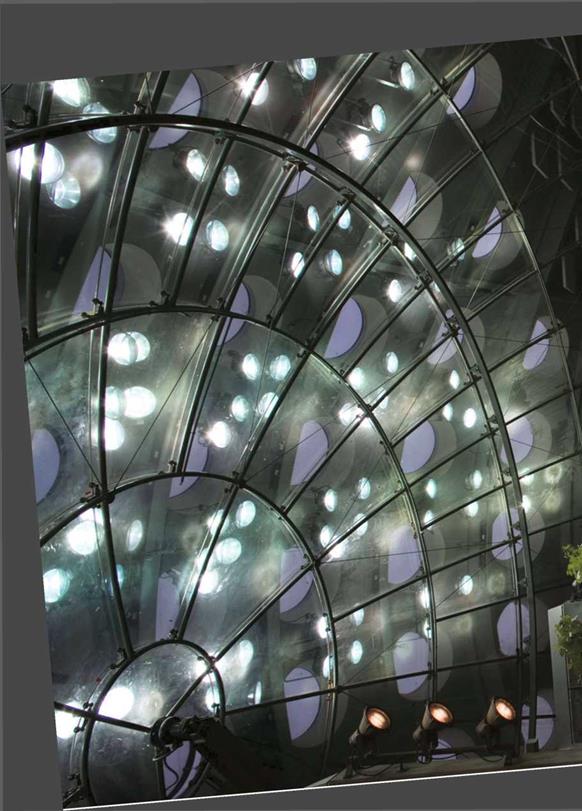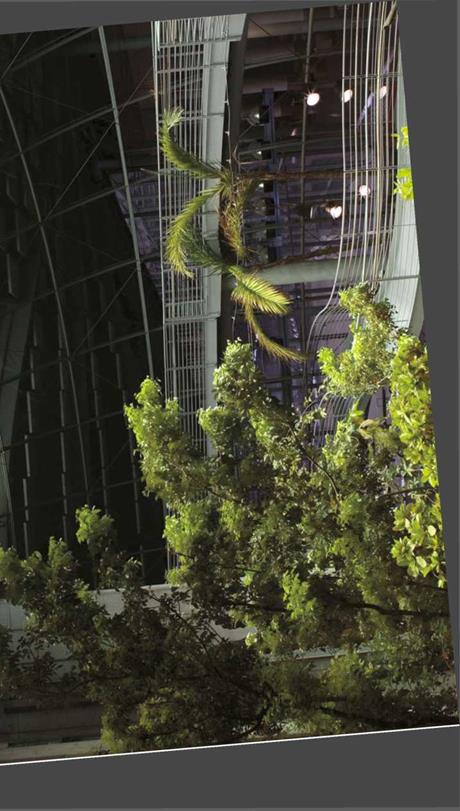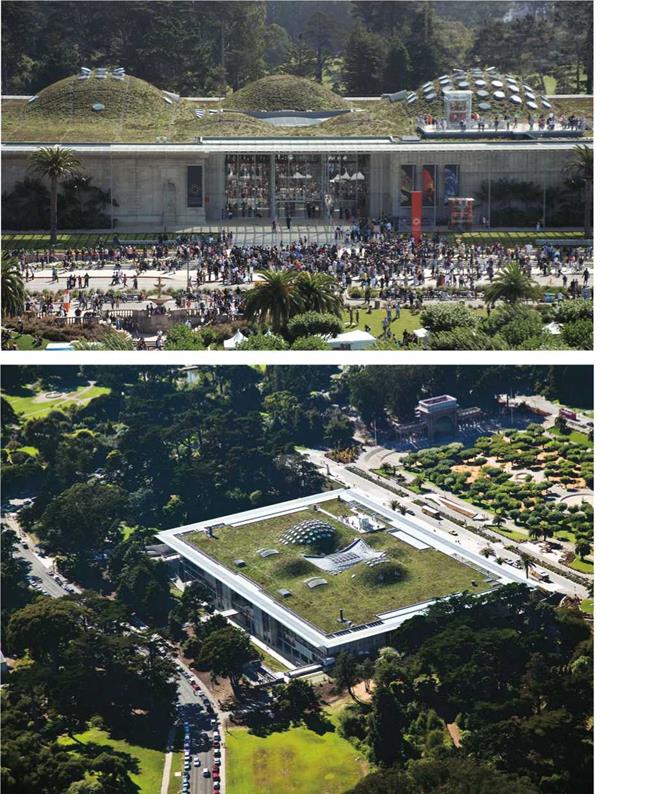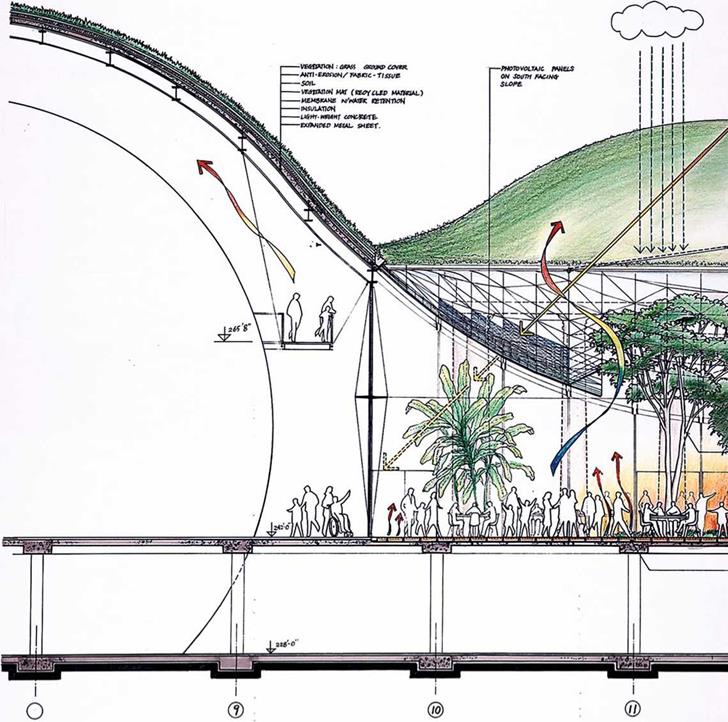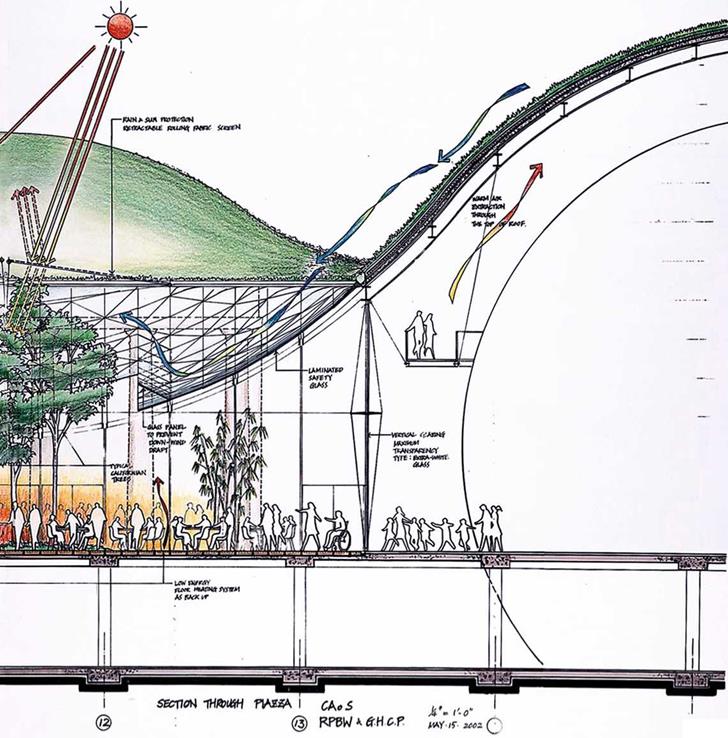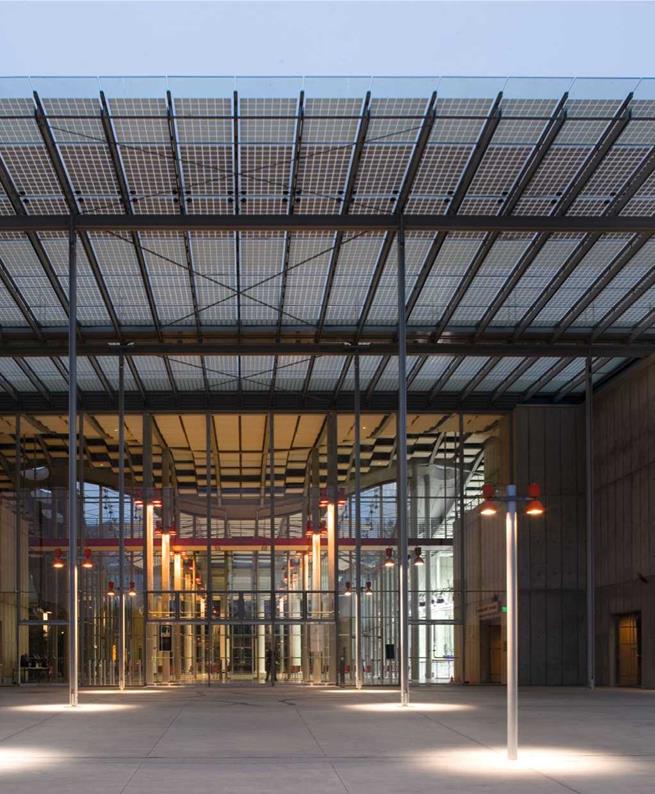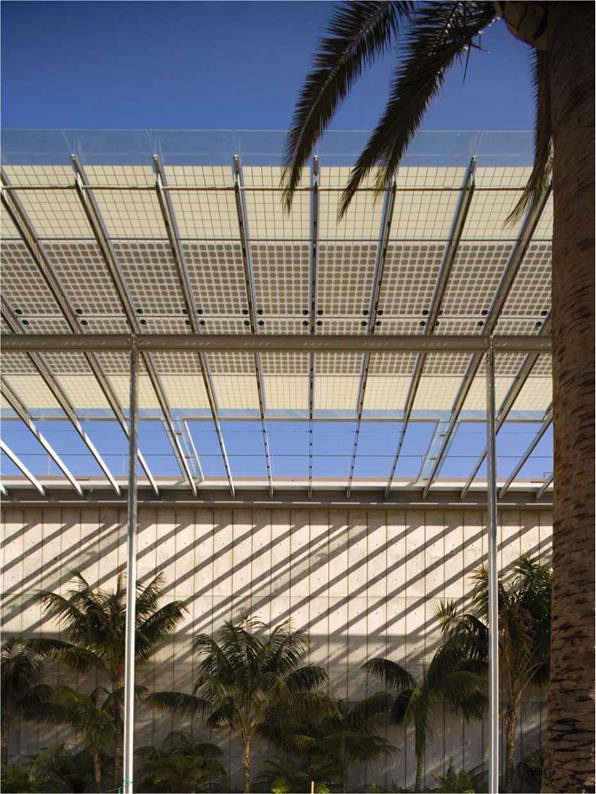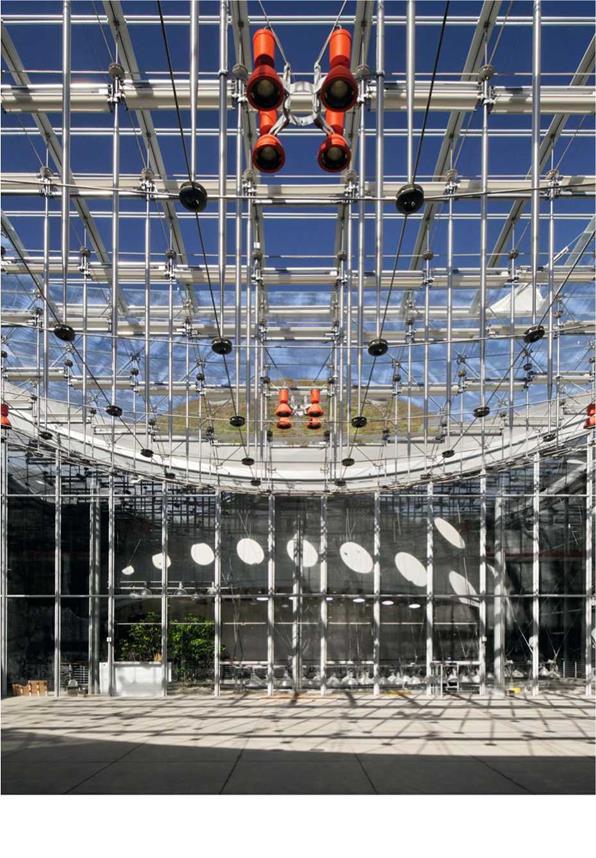San Francisco, USA
2008
Renzo Piano Building Workshop / Stantec Architecture (San Francisco)
www. rpbw. com
The Pacific Ocean’s cool currents combined with the higher temperatures of the California mainland, produce the fog and mist which clings to San Francisco’s famous hills in spring and summer. These landmark hills of Twin Peaks, Nob Hill, Pacific Heights and Russian Hill are now to be rivalled by the newly formed mounds presiding over the verdant roof of the California Academy of Sciences in Golden Gate Park.
The new Academy’s mission statement is “To Explore, Explain and Protect the Natural World”. A major component of this philosophy was to incorporate a sustainable design, construction and operational policy into the project. Many of the sustainable design principles used in the reconstruction of the facility were intended to be a working exhibit for the visiting public to view and understand.
The new Academy is located on the same site as the previous halls. This required the demolition of the existing buildings which were previously constructed over a 50 year period from 1916. To provide the best possible facility, the architects formed a design team to lead and collaborate with consultants in various specialist fields including Ove Arup and Partners (engineering and sustainability).
Organised around a central Piazza, the Planetarium Dome, Rainforest Biosphere (Fig. 2) and Steinhart Aquarium represent Space, Earth and Ocean. These three iconic exhibits create the new San Francisco “hills” in the undulating green roofscape (Fig. 3, Fig. 4, Fig. 5, Fig. 6).
This roof, set at the same height as the original, seeks to unify and consolidate the new Academy.
|

16 California Academy of Sciences | San Francisco | USA | Fig. 1 above | Fig. 2 opposite
J. A. Flannery, K. M. Smith, Eco-UrbanDesign, DOI 10.1007/978-94-007-0369-8_2, © Springer Science+Business Media B. V. 2011
|
|
|
|
|
|
|
|
|
|
|
|
|
|
|
|
|
|
|
|
|
|
|
|
|
|
|
|
|
|
|
|
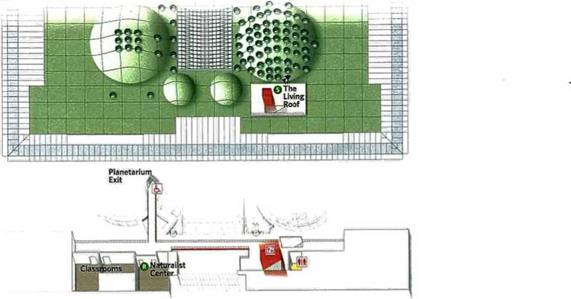

![]()
![]()
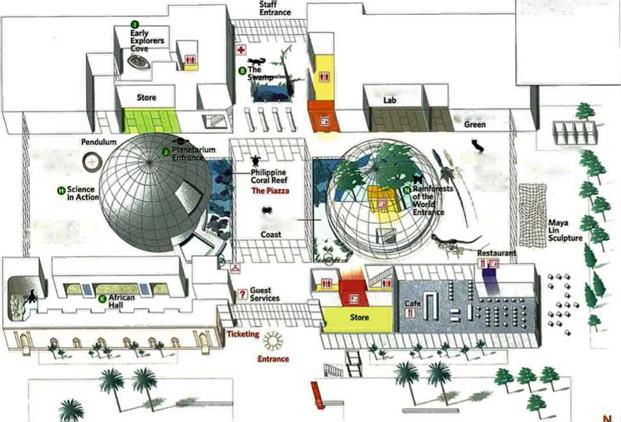
|
|
|
|
|
о |
The green roof is constructed from steel and concrete, which is covered and sealed by a waterproof membrane. The greenery is provided by native plant species which (once established) are resistant to drought and require no irrigation. Skylights distributed throughout the green roof allow natural light into the exhibition space and are automatically controlled to provide ventilation to the spaces below (Fig. 3, Fig. 4, Fig. 5, Fig. 6). Beyond the perimeter walls the planted green roof becomes a glass canopy providing shade from the sun and shelter from the rain for visitors to the Academy. The canopy, extending and returning beyond the building’s frontage, contains more than 55,000 photovoltaic cells harvesting solar energy ( Fig. 7, Fig. 8).
The piazza, located centrally (Fig. 3) is covered partly by a glazed skylight within the green roof and is open to the elements in the centre. Retractable fabric sun and rain screens provide flexibility to this multi-purpose focal point. These ensure that both evening concerts and lunch-time diners are accommodated comfortably in all weather conditions. Supplementary screening improves the acoustic quality of the space when required ( Fig. 7, Fig. 9).
Throughout the design and selection process the materials chosen for walls, facades and the general fabric of the building were kept frugal and utilitarian to emphasise the space. Light grey architectural concrete predominates with practical, rather than decorative qualities, to act as a backdrop for the exhibits. The concrete formwork tie holes are retained to be used as fixing anchors for the securing of exhibits. Landscape considerations include re-location of the main entrance on Music Concourse Drive to centre the new facility to the site. Eliminating a further driveway and in-fill landscaping had the effect of further greening the external works and returning an acre of land to the Golden Gate Park.
|
|
|
|
|
|

